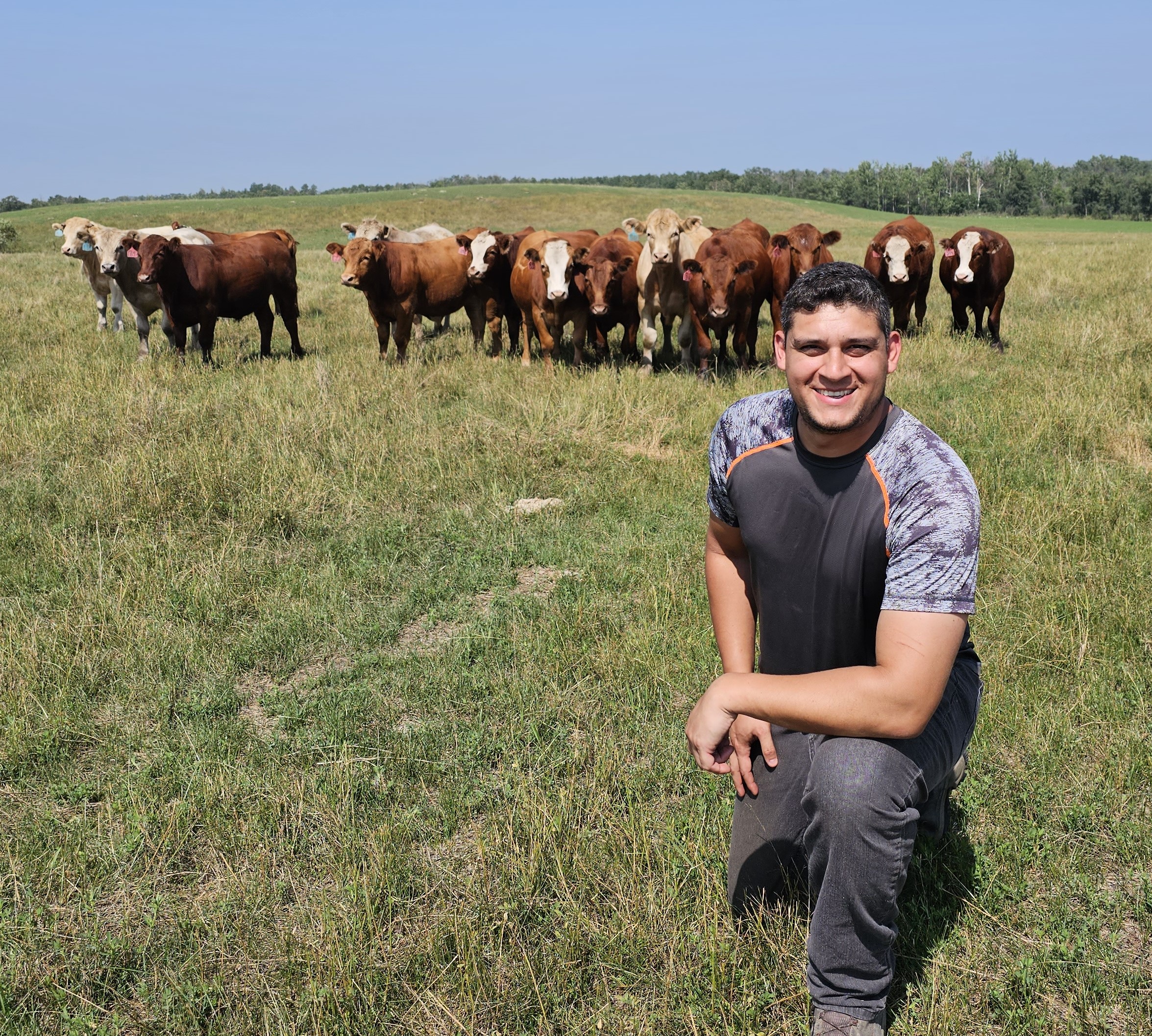Comparative identification of common Aspen Parkland plant species using three molecular barcodes
Published in Canadian Journal of Plant Science, 2025
Recommended citation: Valentine Udeh, Francisco De Novais, Lisa Raatz, James Cahill, Leluo Guan, Eric G Lamb, Carolyn Fitzsimmons, and Edward W. Bork.Comparative identification of common Aspen Parkland plant species using three molecular barcodes. Canadian Journal of Plant Science (2025). https://doi.org/10.1139/cjps-2025-0031
Abstract
This study evaluated the effectiveness of three chloroplast barcodes (trnL, rbcL, and matK) for identifying 14 co-occurring plant species representing six common families of plants in the Aspen Parkland of Alberta. Maximum likelihood phylogenetic analysis and genetic distancing showed that matK exhibited the highest within-family genetic distance but lacked universal primers. While rbcL was easily amplified, it had lower discriminatory power. In contrast, trnL offered superior within-family species discrimination and possesses a shorter fragment that can be amplified, which lends it suitable for Next Generation sequencing of degraded plant DNA in fecal samples of herbivores.
